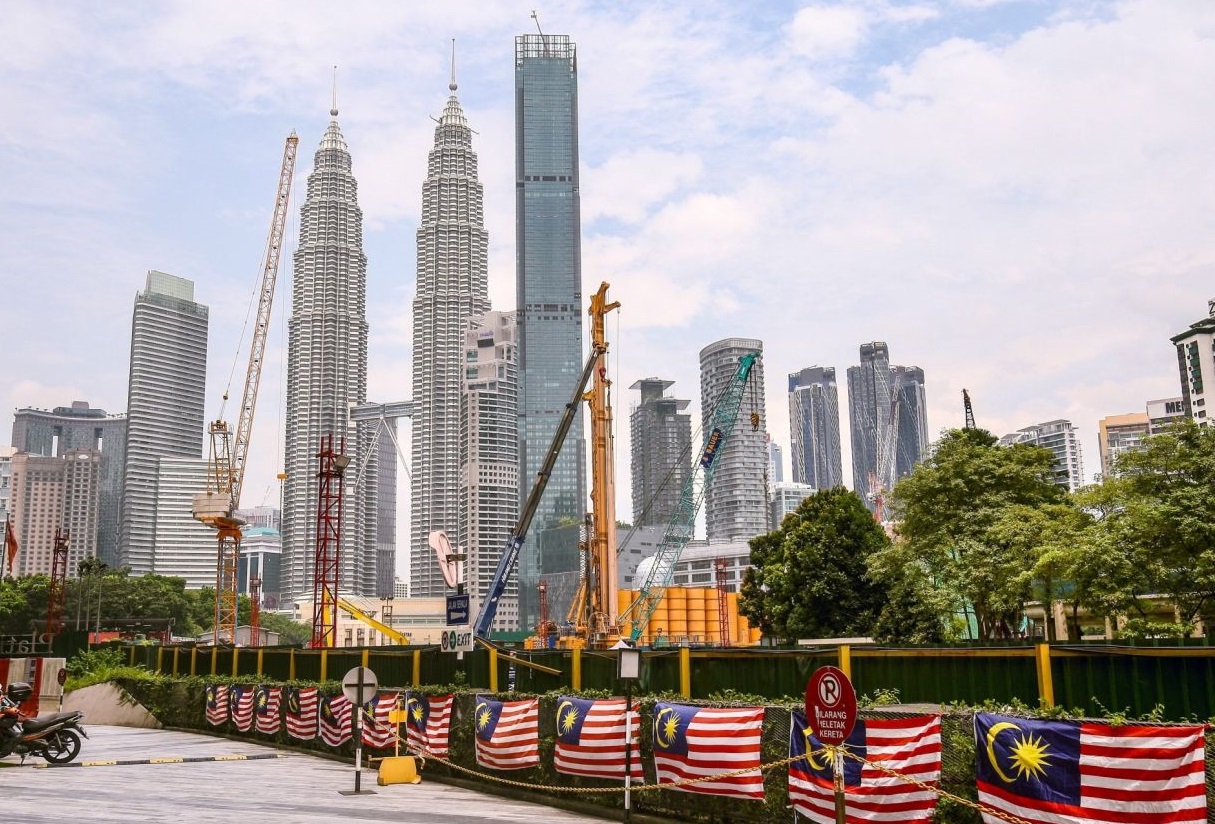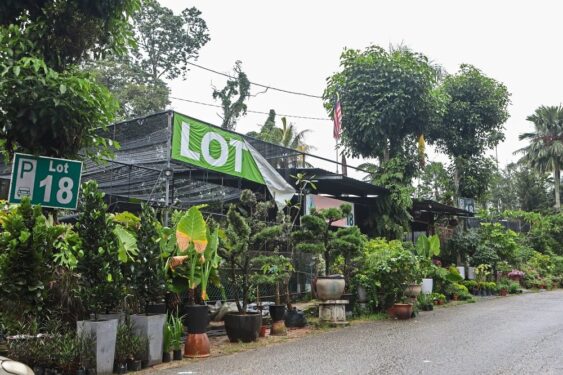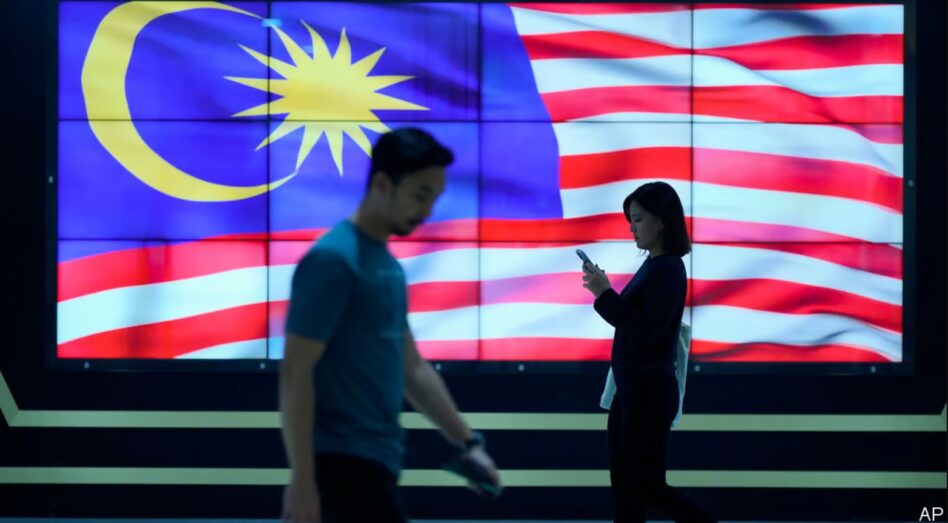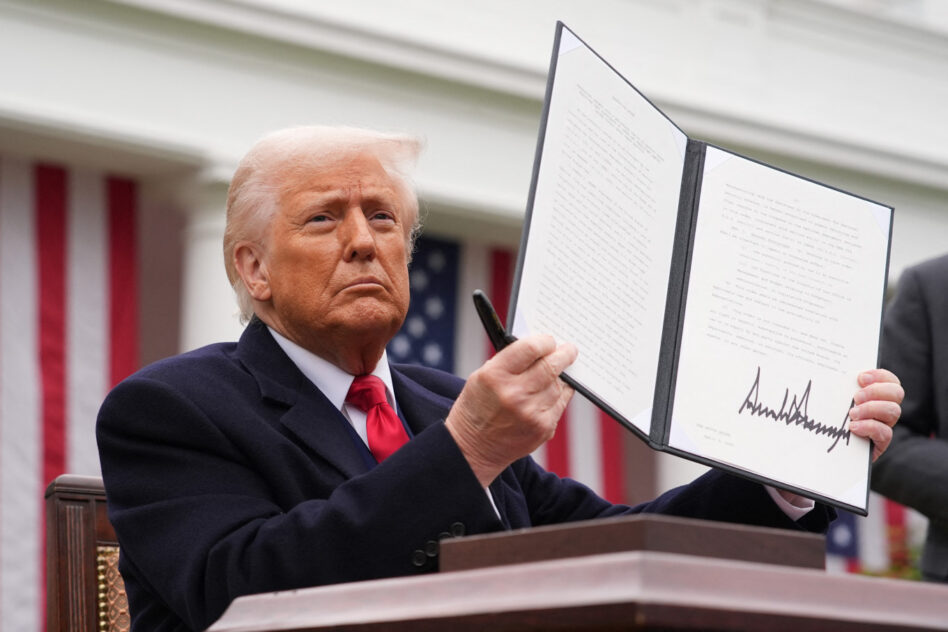SEVERAL initiatives are converging to revitalise Kuala Lumpur. Deputy International Trade and Industry (MITI) Minister Liew Chin Tong recently talked about affordable inner-city housing to attract young professionals, potentially easing traffic congestion.
Meanwhile, the Local Government and Housing Ministry (KPKT) finalises the Urban Redevelopment Act. This act aims to streamline the renewal, redevelopment, and overall rejuvenation of specific private properties in urban areas.
Additionally, Think City announced the Kuala Lumpur Creative and Cultural District (KLCCD) project. This project seeks to transform downtown Kuala Lumpur into a vibrant and sustainable cultural hub.
A city fallen by the wayside
Indeed, KL’s potential is undeniable. However, the country’s choices haven’t reflected this. Over the past few decades, KL has sprawled outwards, prioritising cars and highways.
This has led Malaysians to relocate to distant suburbs, commuting long distances by car, only to face traffic jams again on their return.
Nightfall unveils KL’s deserted underbelly. Most businesses close, leaving most streets eerily quiet and unsafe. Even the city’s towering, gated condos contribute to this isolation.
Their density creates a physical barrier between residents and the streets below, fostering a sense of detachment. KL by night resembles a giant traffic interchange for zooming through more than a thriving metropolis.
Bringing life back to the city
To revitalise KL and create a city that thrives, we need a new approach, one built on medium-density, affordable housing in the heart of the city, and a commitment to fostering a walkable, car-free lifestyle.
KL isn’t short on potential. Our existing public transport network – from the bus networks, LRT, Monorail and new MRT lines – offers a strong foundation.
Likewise, bustling districts like Kampung Baru, Petaling Street, Chow Kit, Imbi, Jalan TAR and Masjid India and charming parks like Perdana Botanical Gardens hint at a vibrant and walkable core waiting to be embraced.
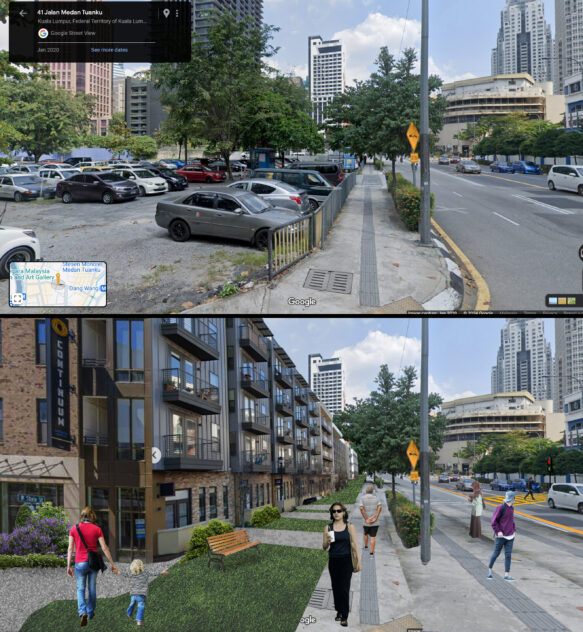
Rather than pursuing a redevelopment strategy focused on demolition and gigantic luxury condos, a more sustainable approach would be to prioritise the utilisation of existing infrastructure.
A significant number of vacant lots, particularly large open-air carparks, exist within the city centre.
DBKL could capitalise on these by developing mixed-use, five-storey residential buildings with ground-floor retail and F&B outlets.
These developments should be strategically located in the heart of the city near public transportation hubs and designed to promote pedestrian access, eliminating the need for extensive car parking facilities.
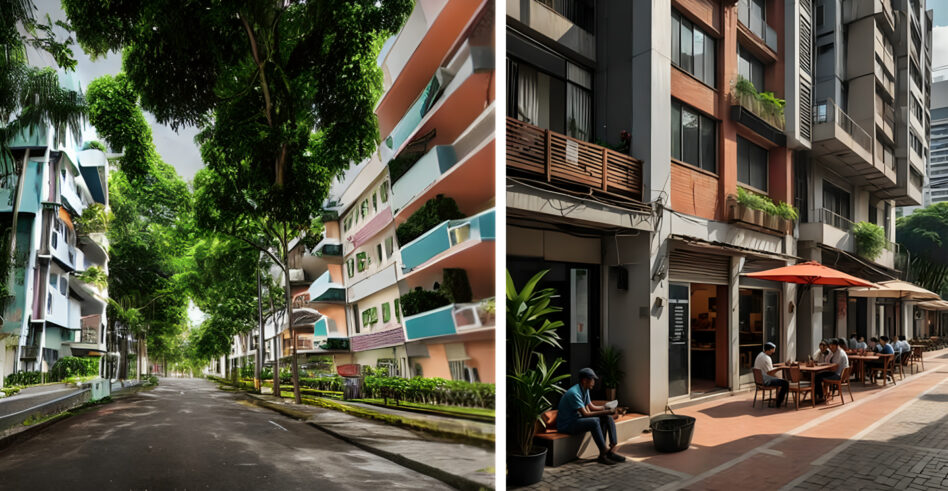
Furthermore, opportunities exist to revitalise the city’s architectural heritage. DBKL could partner with local architects to transform underutilised shophouses and apartment buildings into contemporary and attractive living spaces.
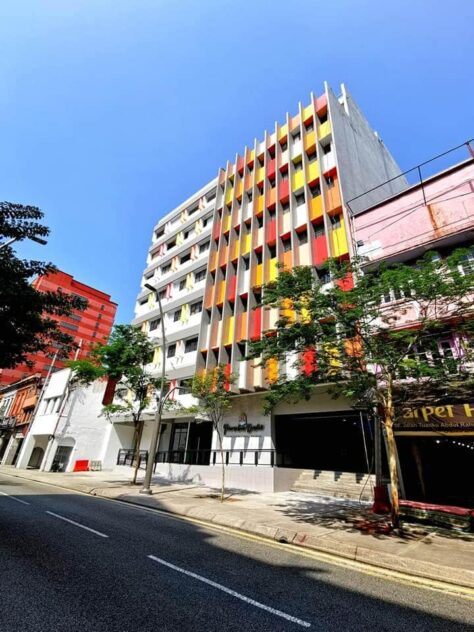
This isn’t a new approach: The Perumahan Bandar DBKL concept, piloted in 2019 on Jalan TAR, demonstrates a model for affordable, inner-city living.
This initiative transformed an existing building into micro-apartments with shared amenities, offering a sustainable and cost-effective solution for young professionals.
Malaysian lives transformed
This car-free walkable city lifestyle fosters a sense of community and convenience. Imagine your morning routine transformed – a quick stroll to your favourite mamak, a leisurely walk to the office or LRT station, and grocery shopping a breeze, just minutes from your doorstep.
Forget the hassle of traffic and parking; a walkable lifestyle puts everything you need within easy reach, allowing you to reclaim your time and energy.
This shift necessitates a bold move: reducing parking spaces. Reallocating this wasted land can create affordable homes, green spaces, pedestrian walkways and cycling paths.
This isn’t just about aesthetics; it’s about health. Studies consistently link walkable cities to lower obesity rates, a major health concern facing Malaysia.
But achieving this vision depends on affordability. By having DBKL directly involved in building and managing these quality mid-rise apartments, city living opens up to all strata of society, not just the wealthy and expats.
This will make downtown living a realistic option for everyone. For those tired of the car-dependent lifestyle of the past decades, this is the solution for a more sustainable and convenient way to live.
This isn’t just about creating a more liveable KL; it’s about creating a more sustainable one. Less reliance on cars translates to less air and noise pollution, lower carbon emissions and a cleaner, friendlier city. It’s a win for the environment, for public health, and for the city’s economic vitality.
Crafting a better future for KL
KL is experiencing urban renewal. Take Petaling Street for instance – it’s been buzzing with new businesses, repurposed old buildings like REXKL and a surge of visitors in recent years, mirroring the transformation happening at Semua House nearby at Jalan TAR.
Keeping up with this momentum, KL has the potential to become a leading example of Southeast Asian urban development. This vision prioritises a vibrant and diverse city centre, fostering a thriving mix of residents and cultural experiences.
Instead of prioritising towering office buildings and car-centric wide roads, KL can cultivate a dynamic environment that celebrates all of its citizens, multiculturalism and artistic expression.
By strategically leveraging existing infrastructure, ensuring affordability and prioritising pedestrian-friendly design, KL can unlock its full potential as an inclusive and prosperous city for all. – June 17, 2024
Boo Jia Cher is a Focus Malaysia reader.
The views expressed are solely of the author and do not necessarily reflect those of Focus Malaysia.
Main image: The Star


